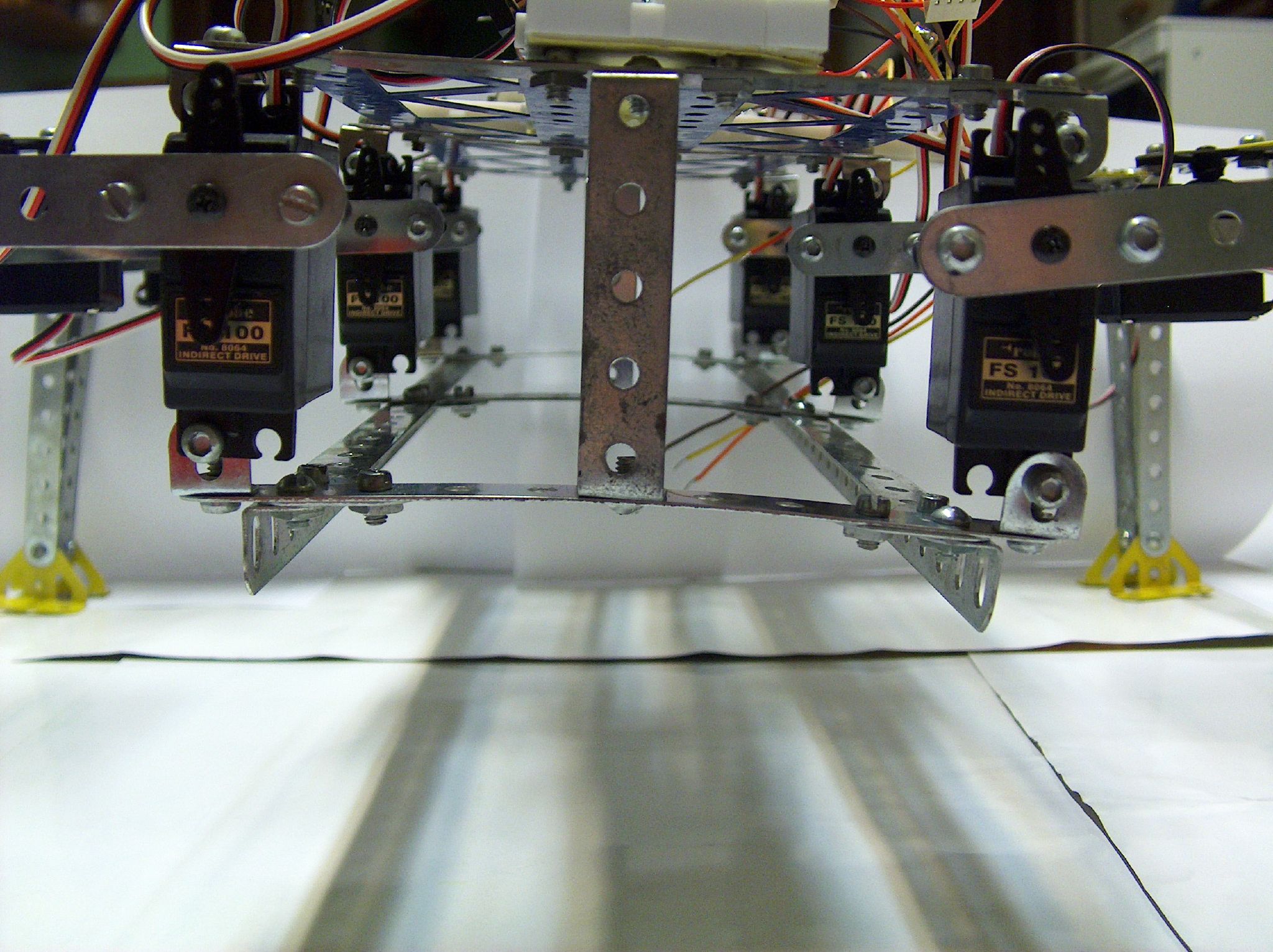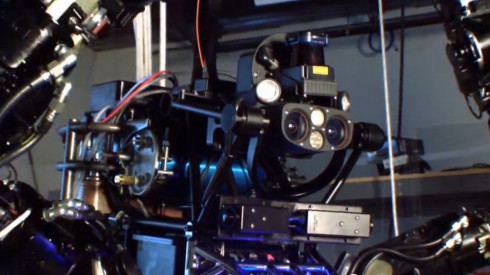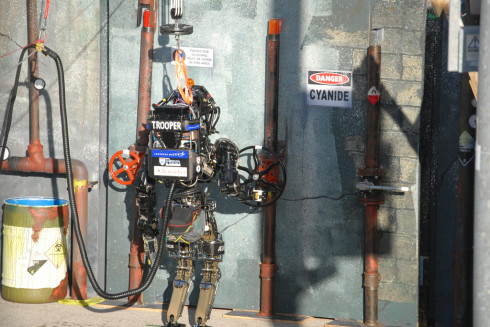Advances in the Robotics Industry: DARPA Robotics Challenge Trials

Every year it seems a new movie comes out that tells a story of robots going out of control and taking over the world. In reality, some of the world’s brightest minds are developing robots and software to help assist humans in a range of important work, including surgery, bomb detection and natural disaster assistance.
The DARPA Robotics Challenge Trials were developed to help support and advance those who work with this technology.
About the trials
The DARPA Robotics Challenge (DRC) is run by the American Defense Advanced Research Project Agency, and winners are awarded a $2 million grant to go towards further development of their robotic technology.
The purpose of the DARPA Robotics Challenge is to promote the use of robotics in assisting humans with natural and manmade disasters; in particular, the use of robots to do things that humans cannot safely do themselves.
Entrants are put through a series of simulated disaster response scenarios such as driving a vehicle, cleaning up debris and cutting through a wall.
Unlike the majority of robots used currently, which work in a very methodical, predictable fashion – such as those in factories – robots that are designed to work in unpredictable situations and environments serve an entirely different, more complex purpose.
DARPA said that robots in the trials generally have the intellectual ability of a two year old child. Although they will still require human commands such as ‘clear up that rubble in front of you’, they can understand a range of commands and implement them.

Categories of the trials
During the trials, there are seven different tasks that competitors have to complete. The complexity and variety of these tasks demonstrates just how advanced these robots are.
Vehicle
During the vehicle task, robots have to drive a vehicle around a pre-determined course that is lined with bollards and pylons and then get out of the vehicle and exit the scene at the end of the course.
Terrain
The terrain task requires robots to travel across three different terrains, which vary in difficulty and complexity. The terrains are made from a variety of blocks, which may shift during the competition.
Ladder
The third task has robots climbing a ladder that is secured at the base. The teams can choose to have either zero, one or two handrails on their course. They can also choose whether they want the ladder at a 60 or 75 degree angle.
Debris
The debris task is divided into three stages. First, the robot must lift and remove five pieces of debris, they will then lift and remove a further five pieces of debris; finally, they must exit through a doorway. The debris is made from a light material such as balsa wood. As long as the robot moves the debris out of its path, it is acceptable.
Door
There are three separate components of the door task. The robots must be able to open a push door, a pull door and a weighted pull door. The doors use a lever-style handle and have a 36” doorway.
Wall
In the wall task, robots need to show that they are able to use tools, in particular a cordless drill. Using the drill, the robots must make three linear cuts through a 1/2 inch thick dry wall to form a triangular shape, which they will then take out. The triangle will be drawn onto the wall to give them guidance.

Valve
The robots will need to work with three different valves during the valve task. The valves will control airflow, which the robots need to start and stop. The robots must close three different valves in any order.
The valves themselves are each different. One is a 90 degree ball valve, one is a mid-size rotary valve and the other a large rotary valve. The first requires a rotation of 90 degrees to close, the other two need a full clockwise rotation.
Hose
During the final task, robots must first walk to a hose reel, grasp the nozzle and start to unravel the hose. They must then take the nozzle towards the wye and then connect it up, generally by rotating the hose collar to connect with the wye.
Teams competing in the trials
The trials saw a huge amount of highly advanced technology that had never been seen before. Teams from around the world compete, many from elite educational and research organisations. Some of the teams involved in the current trials include:
NASA JSC Team Valkyrie
NASA’s Valkyrie robot is a life-sized robot designed specifically for the DRC Trials, but the creators also hope to take it to Mars. The robot itself is human-like and has been compared to the fictional character Iron Man. Covered in soft material to give it a more human feel, Valkyrie can pick up objects, drive a car and use basic tools. It has various built-in cameras, video recording ability and sonar equipment.
Team Thor
Team Thor consists of a team from Virginia Tech University. Their robot THOR stands for Tactical Hazardous Operations Robot, which is a light and agile robot that has human perception and can understand human commands.
The same team have been responsible for the development of several award-winning humanoid robots over the years including CHARLI (Cognitive Humanoid Robot with Learning Intelligence,) DARwIn (Dynamic Anthropomorphic Robot with Intelligence) and SAFFiR (Shipboard Autonomous Fire Fighting Robot).
RoboSimian
RoboSimian was developed by Jet Propulsion Labs, a subdivision of NASA. It is a limbed robot that focuses on stability and mobility, making it suitable for tasks such as climbing ladders, railings and stairs.
The finals of the DARPA Robotics Challenge will be held in December 2014.
References
http://www.theroboticschallenge.org/
http://www-robotics.jpl.nasa.gov/tasks/showTask.cfm?TaskID=236&tdaID=700043
http://www.valvesonline.com.au/references/valve-terminology
http://www.space.com/23929-nasa-valkyrie-humanoid-robot.html
Cover image credit: fdecomite on Flickr
 Follow
Follow